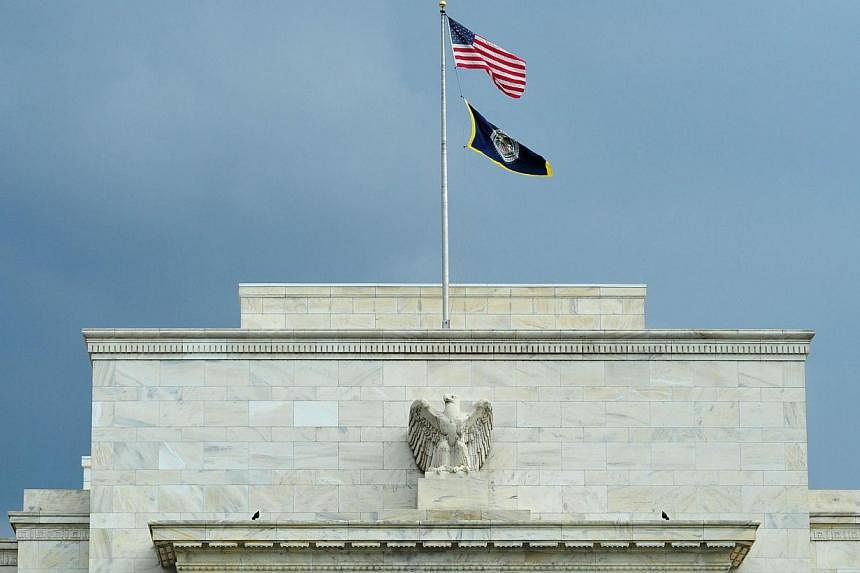The Federal Reserve decided Wednesday to end its quantitative easing (QE) stimulus programme, after six years of pumping money into the economy via asset purchases to shore up growth.Here are five things to know about QE.
1. Quantitative easing, quickly dubbed QE, was a historic experiment to stimulate the US economy through massive purchases of assest that stirred intense debate about its effects in markets even though the Fed said it accomplished its main goal of reducing unemployment.
2. QE started in November 2008 amid the financial crisis and fears that the US, and the rest of the world, might be facing another great depression.
3. The Fed's traditional ammunition, cutting interest rates, was running low - there was one more cut the following month, taking the main interest rate target down to practically zero. So the central bank began buying financial assets and creating new money to pay for them.
4. On Wednesday, Fed policy makers met and announced that October would conclude their third round of using dollars created out of thin air to buy vast sums of bonds - US$1.7 trillion (S$2.17 trillion) in just the third round of the programme.
5. In total, the Fed has added US$3.7 trillion (S$4.73 trillion) worth of assets to its holdings, about an eightfold increase in the six years.


